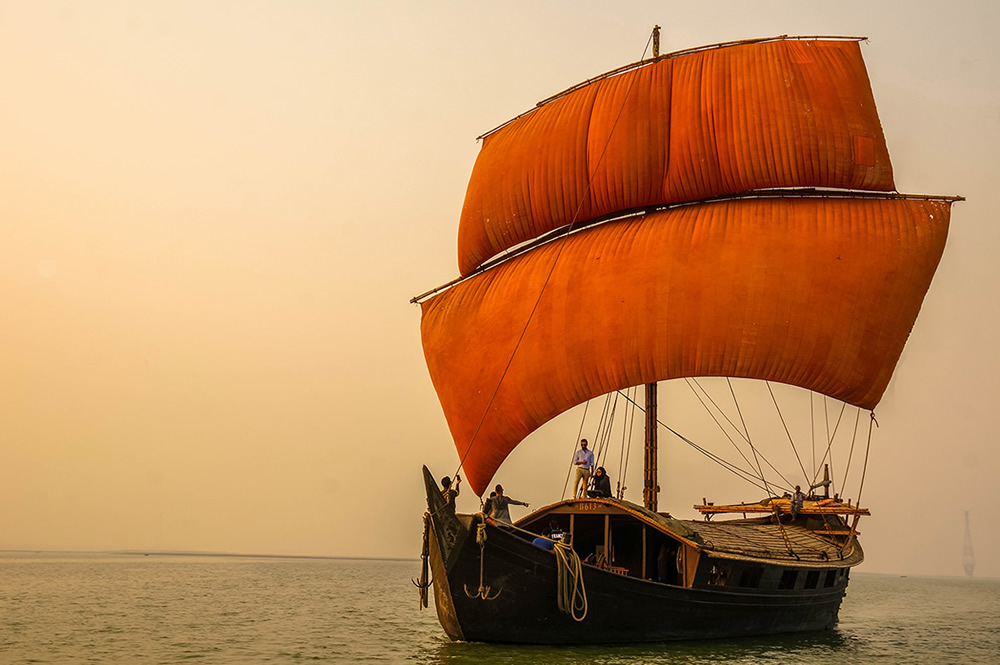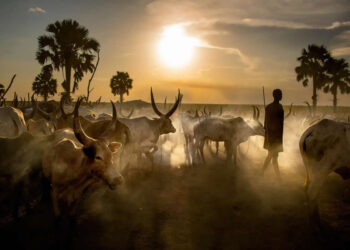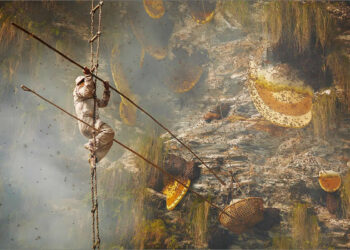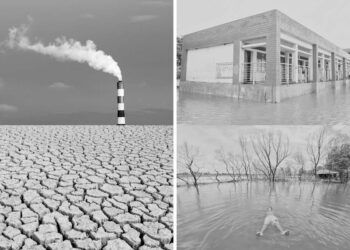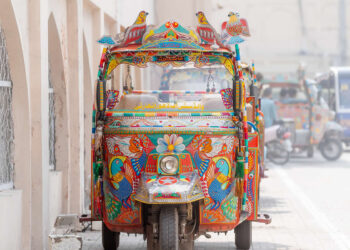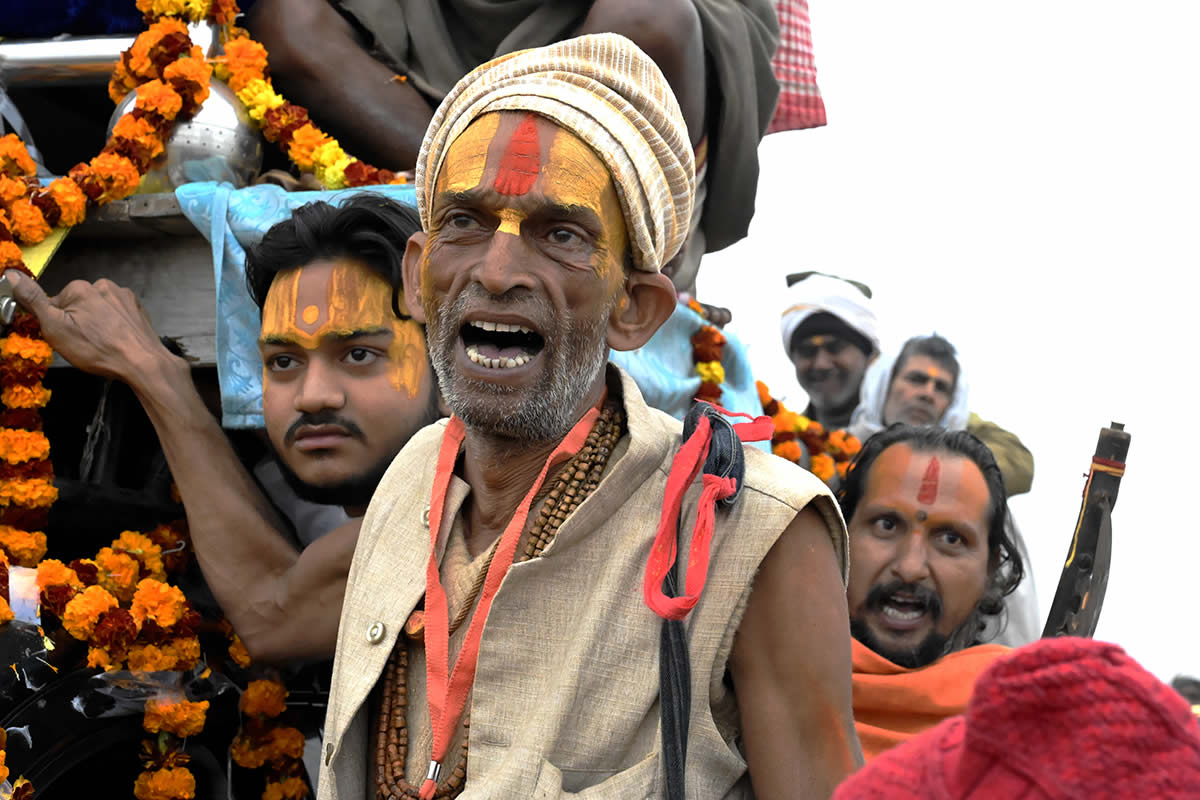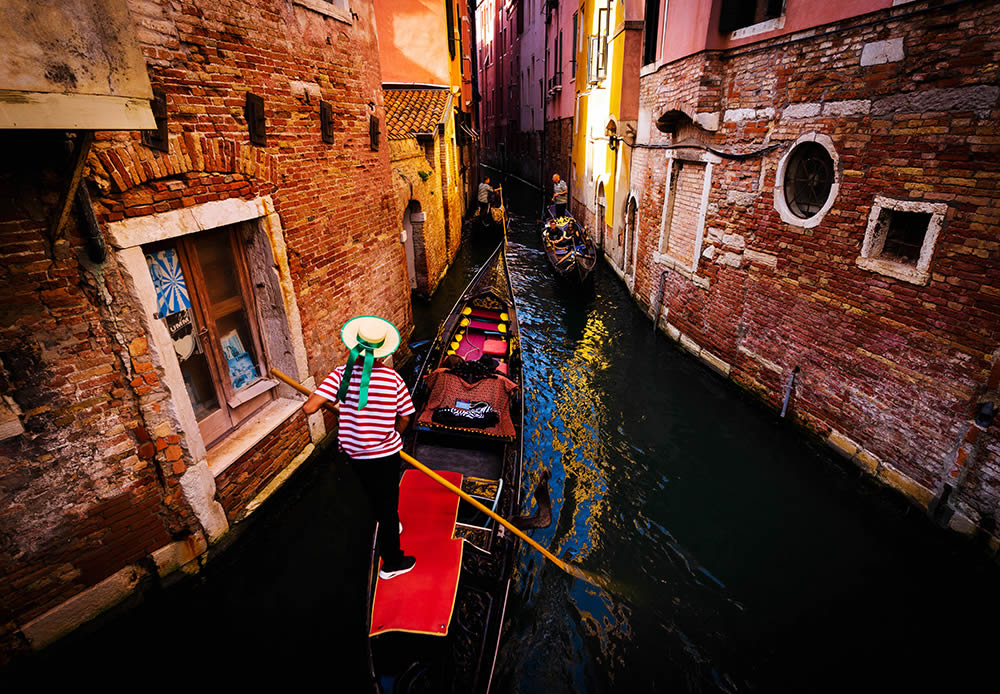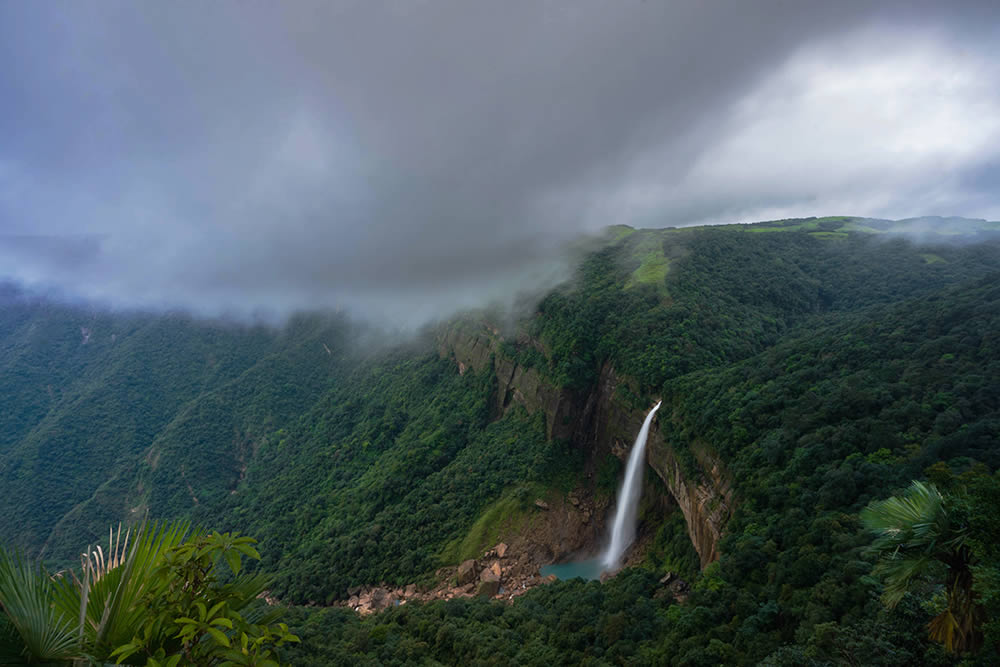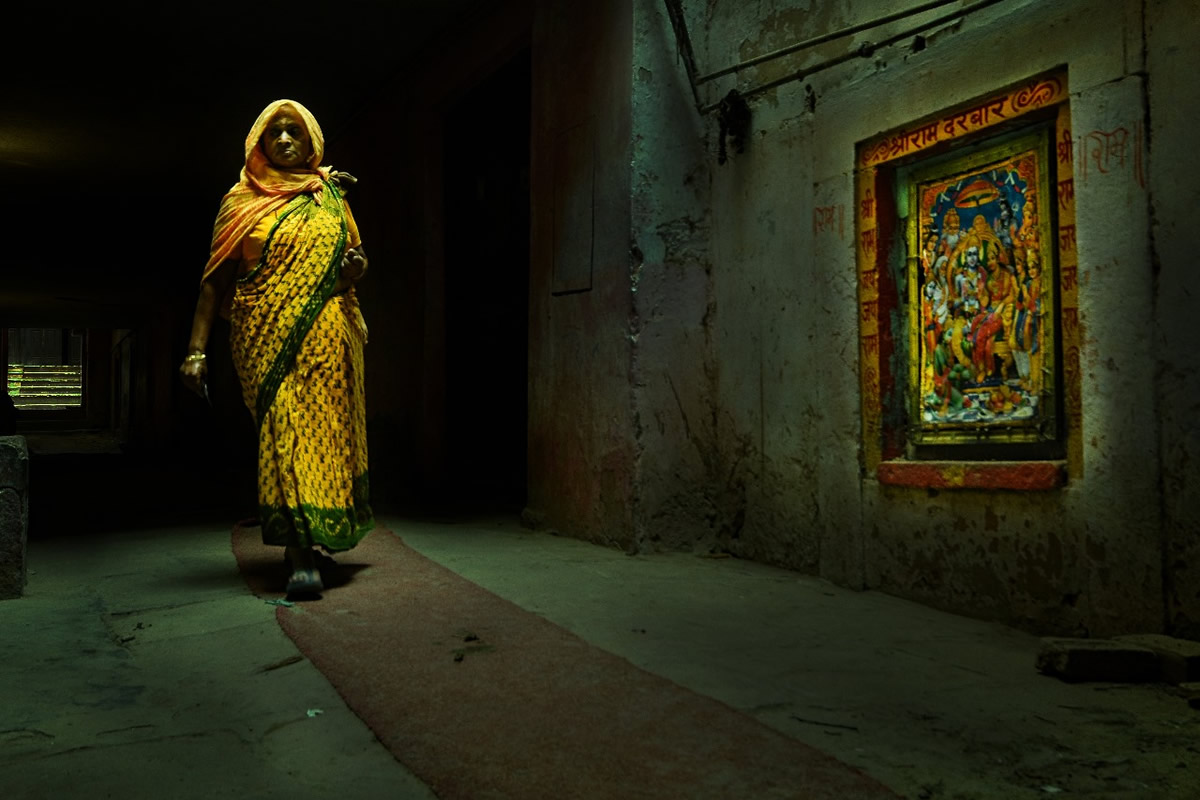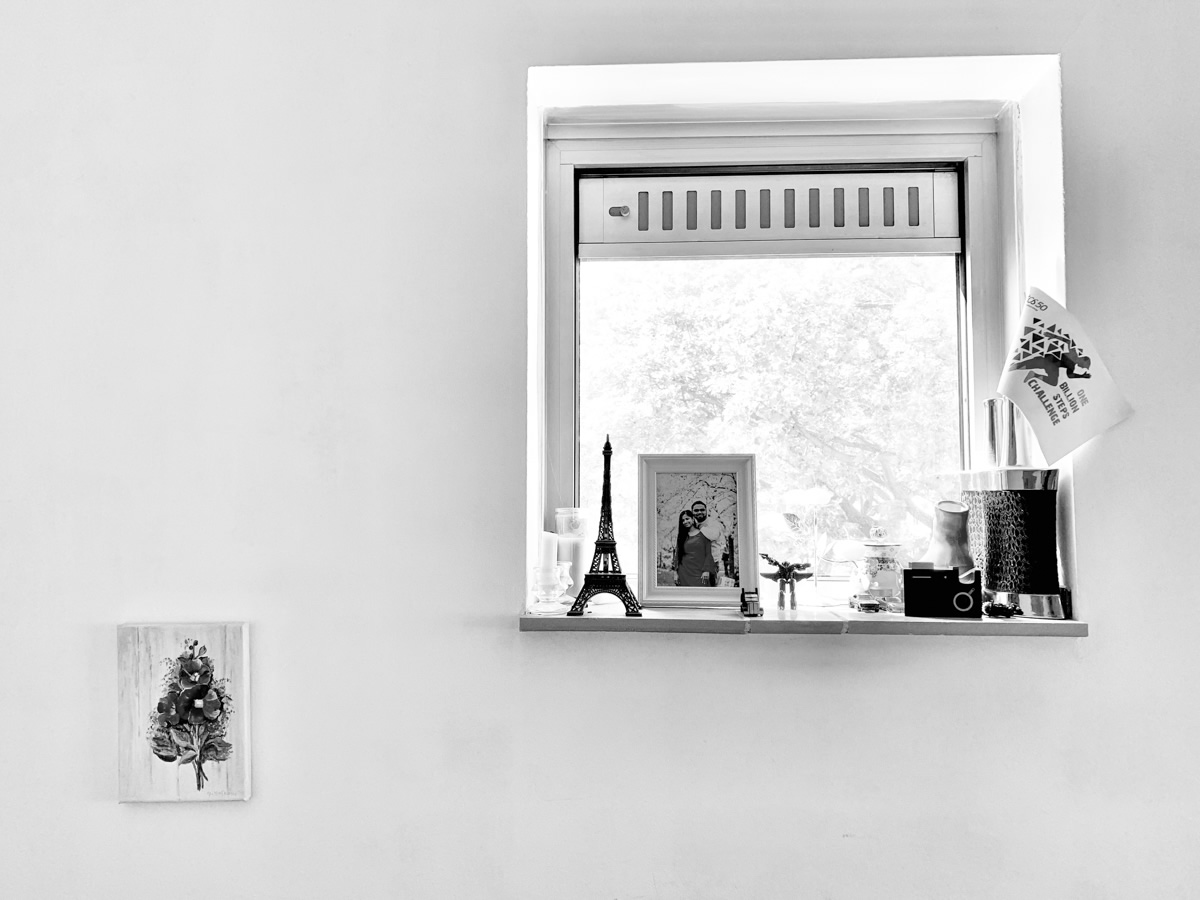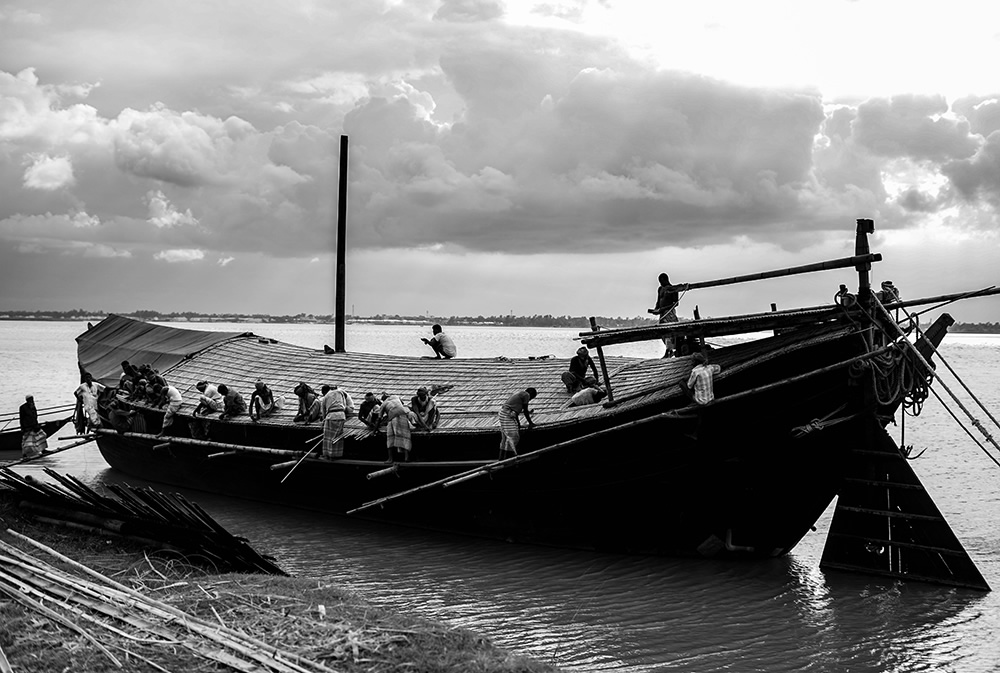
Prologue:
Imagine your present without the memories of your ancestors or a vague family tree! A world without heritage is exactly something such! How does it feel seeing the wonders of the world’s ancient heritage getting extinct or destroyed! In this time of globalization, countries are racing towards rapid development competing with each other to fortify their footholds, but many countries are not showing due concern over preserving their enriched heritage! Heritage, history, culture, or even tradition not only do bear the identity of a nation but it also helps shape our present, the way we are now. Preserving and maintaining heritage or tradition have its own historical, cultural, and even financial benefits in this commercial world. Any heritage does not only belong to a country or a nation rather it belongs to the whole world.
There are around 57 heritages in Bangladesh. One of the beautiful heritage of Bangladesh is Boat (nouka). With 60 percent of the country enmeshed by a massive network of river deltas, Bangladesh has the largest traditional wooden fleet of inland boats but thousands of wooden sailing boats, rowboats, barges and dugouts whose design date back 3000 years are losing its importance and demand due to rapid urbanization, and economic growth. In 1980, cheap diesel imported from China started being used as inboard engines for the riverboats and from wooden boats to steel boats – these two things changed the scenario of the riverine culture of Bangladesh. And thus made a severe impact on the boat building heritage and skill. It also means we lost the marvelous and unique rigging of the boats.
However, in 1994 Runa Khan and Yves Marre became enamored with old-world technology and decided that Bangladesh’s boat heritage needs to be preserved for future generations. When these beautiful ancient boats were disappearing and old-world carpentry skills were dying in front of their eyes Runa Khan and Yves built a Cultural Preservation sector under the Friendship NGO in 2002. The sector strives to preserve Bangladesh’s irreplaceable boat-building heritage before it is lost forever and helps to create a sustainable livelihood for the boat-builders.
In 1997 Friendship converted one of the largest wooden hulls of the country, built according to the thousand-year-old techniques of the Brahmaputra carpenters, into an international standard cruising boat. The B613 under the Contic cruises, is a traditionally Malar boat, measuring 93 feet in length and 23 feet in width. She is equipped with 6 double cabins, 4 bathrooms, 2 showers, and a large well-equipped kitchen. The original rigging has been rebuilt with a 20m high mast and two magnificent handwoven red-ochre trapezoidal sails that measure a total surface of 250 square meters, making the B613( Malar) the largest sailing boat of Bengal. The Burmese teak deck measures 11m in length and 6.5m wide, and part of the deck is sheltered from the sun by the beginnings of a bamboo roof.
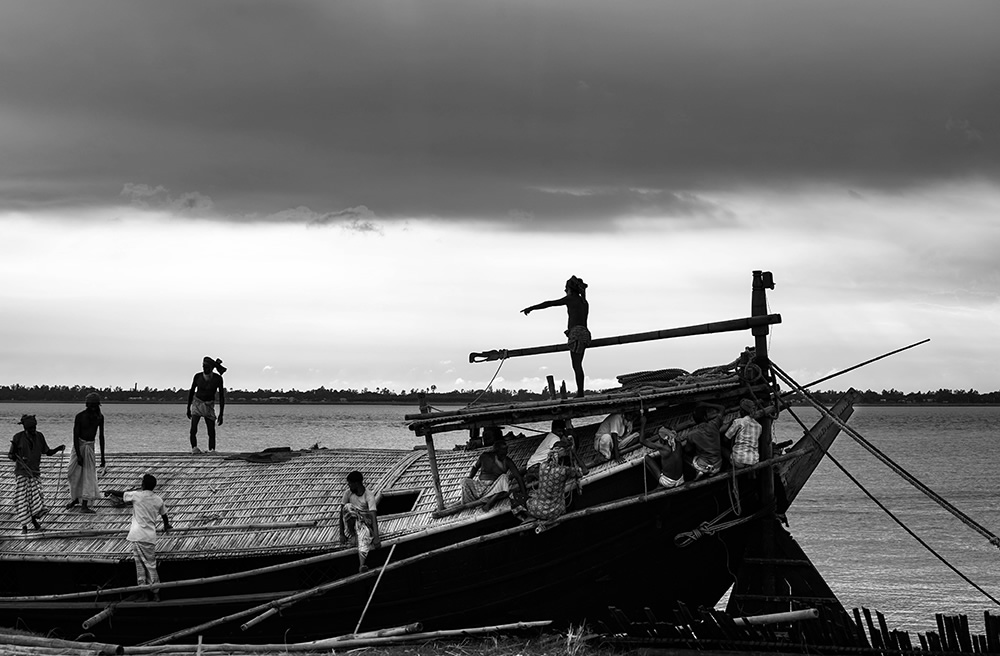
How do we preserve the Malar?
Every 4/5 years this largest wooden fleet requires overhauling for preserving. It requires a massive arrangement and is taken down to Nogorbari, Jamuna river bank situated at Pabna District. This is very far away from the old dockyard Savar. One of the big reasons to bring this boat here is cheap labor.
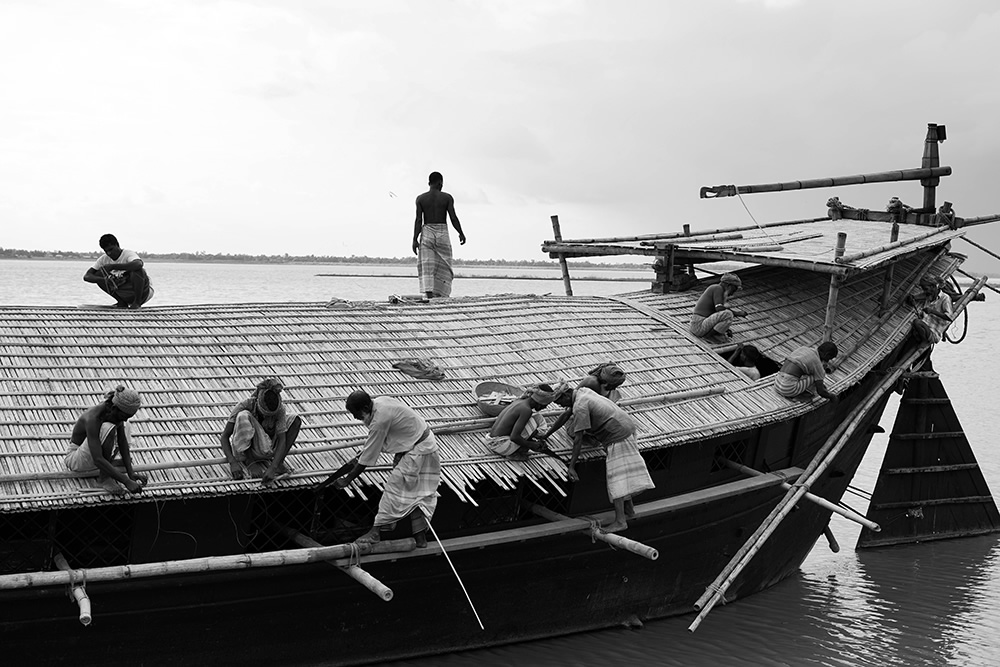
1st Phase (Finish the roof work of the boat)
While I was asked to go to Nogorbari for inspection for the overhauling of the Malar boat I could not imagine that I was going to face such extraordinary skill, complicated lengthy scrupulous craft, and artistic work of the Malar boat.
First, we gave emphasis on the roof of the boat. After four or five years later the roof became shabby and sometimes had some holes in the bamboo. Therefore first we need to change the roof which is made by Makhal bamboo. We brought 20/25 people for making this roof. First, they shaped the bamboo., then the polythene and chatai is given in the middle of the bamboo. Usually, making a new roof it takes 20 days.
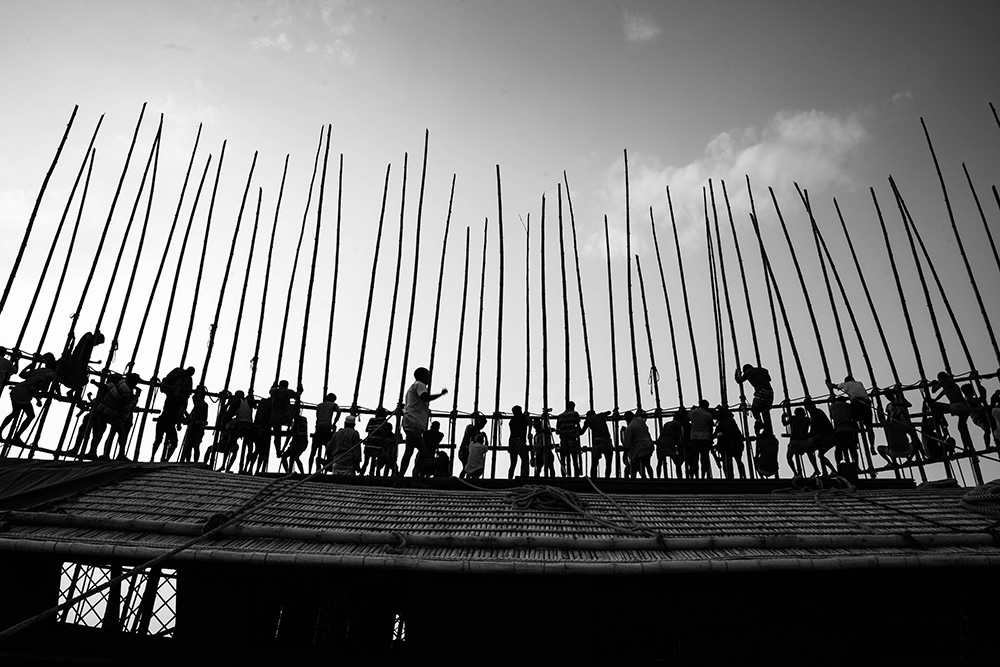
2nd Phase: (Right side piling of the boat)
First, we wait for the water level to reduce. Usually, for piling, we require dry land on the char where we can scaffold 35/40 feet over the boat.
For this phase, we required 80 people to pile on the left side. Usually, for piling carpenters need dry land. 93 feet (28m) Malar boat under bamboo scaffolding- to turn a Bengali wooden boat, the bamboo scaffolding is the only method available. The rope is passed under the boat through the hole, and onto the pulleys. Each of these requires a team of two people. The height of the scaffold can be as high as 40ft (12m) over the ground. After piling when the right side of the boat is uplifted 2/3 feet above from the soil then carpenters change the rotten wood of the hull. Usually, the part of the boat which is covered underneath the water those part mostly rotten. Therefore, we replace those wood by the new wood.
Making the Malar involves stapling the wooden planks of the hull together using Patam( metal staples). Sometimes our carpenters mix the sand with water and lay it on the wooden plank and then they set the fire on the wooden plank to make it more boil to set up easily in anywhere of the boat.
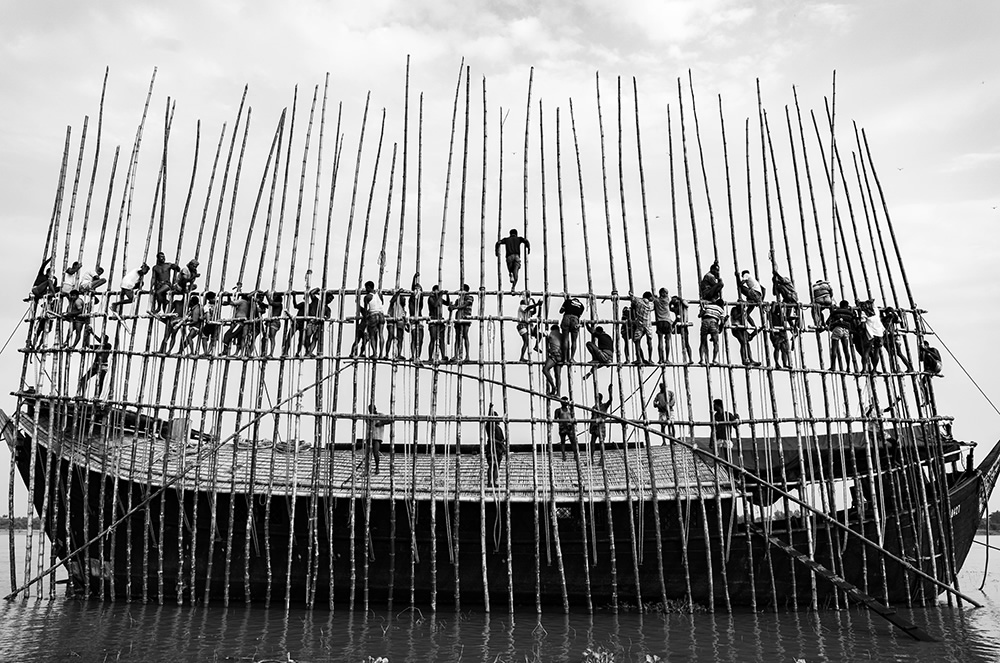
3rd Phase: (Left side piling of the boat and keel set up)
In the third phase, just like the right side piling, we follow the same method for the left side piling of the boat.
After finishing the left side piling of the boat we then look into the keel part of the boat.
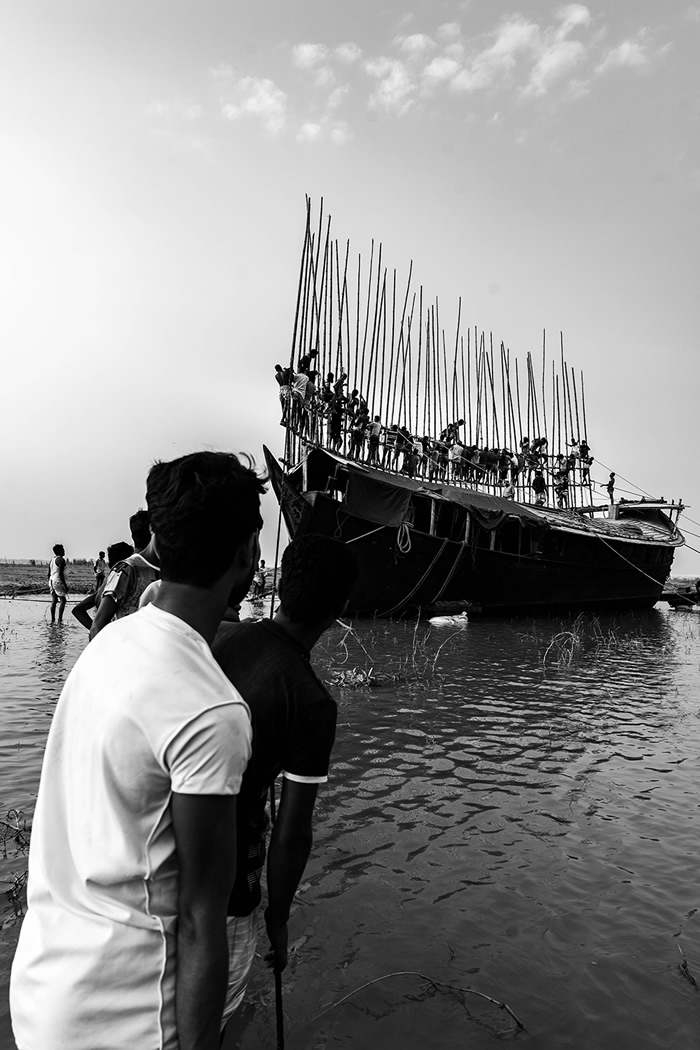
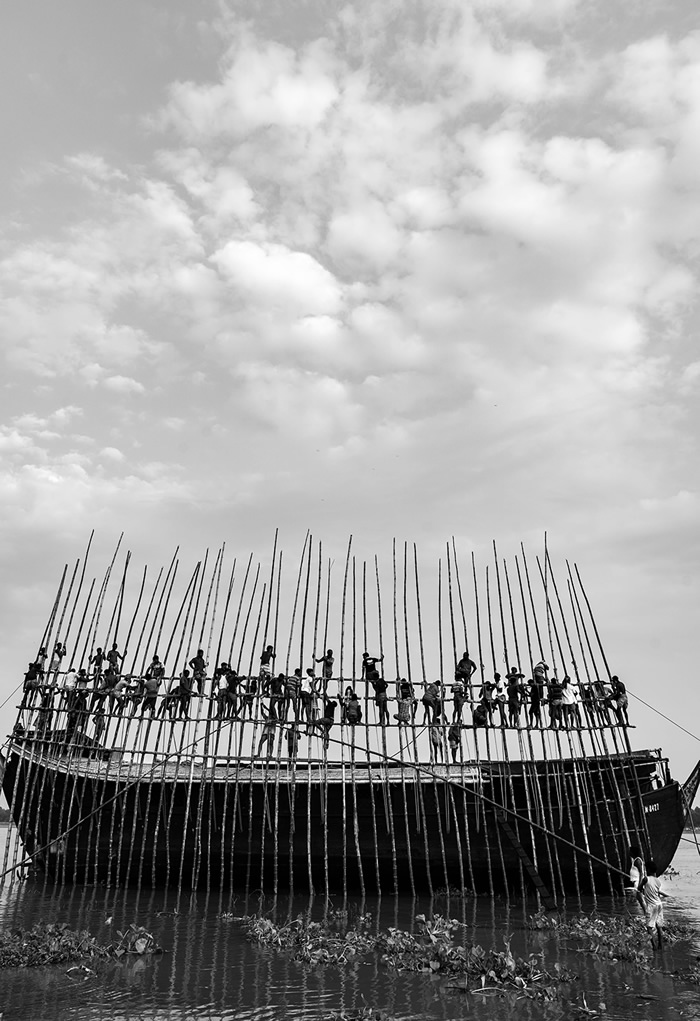
The keel of the Malar boat:
The keel is used basically for balancing the boat. Usually, the keel is not required to change every five years unless it is badly damaged. If we remove the older keel part and set a new one it might take 8/10 days but if the keel is not damaged then we just observe keenly surrounding wooden part of the keel. If any wood is rotten surrounding keel then we just replace it by a new wooden plunk and set the keel. Through this kind of delicate procedure, we finish this kind of artistic work of the traditional wooden boat and bring down on the river.
Seeing the process of overhauling of the Malar, I realized why all the big traditional wooden boats are lost! This is not merely a wooden hull rather it is the largest living Museum of Bangladesh. Surely we can be proud of having the privilege to preserve this gigantic artistic peace of art and craft!
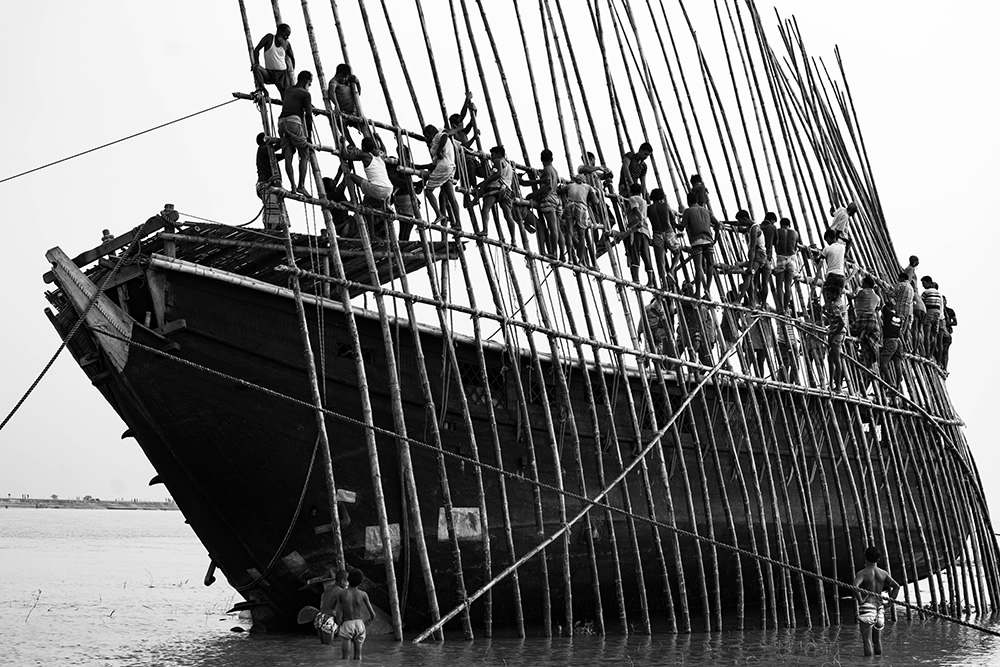
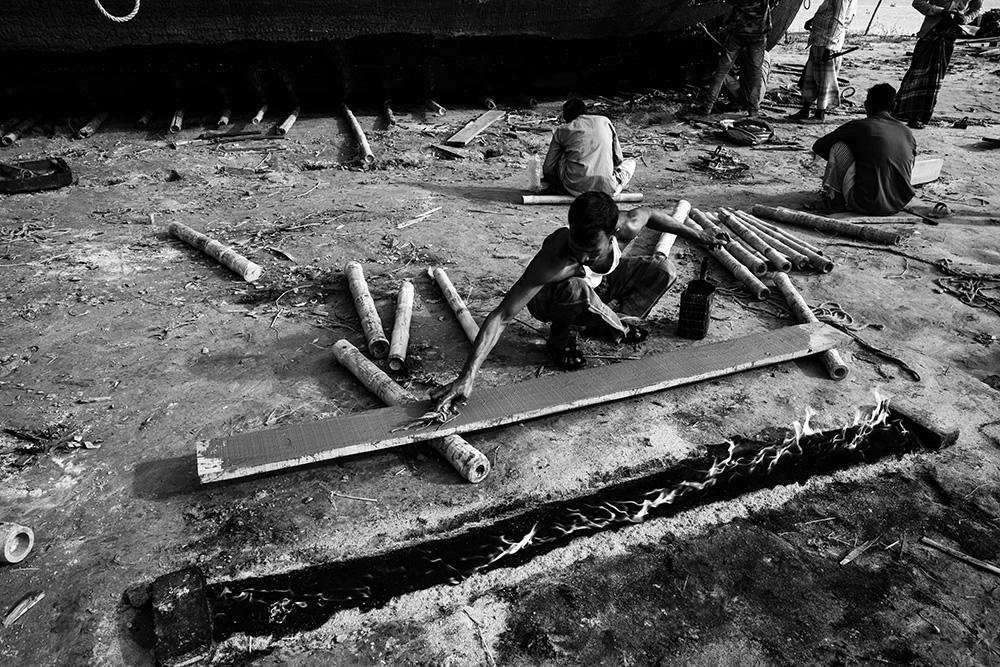
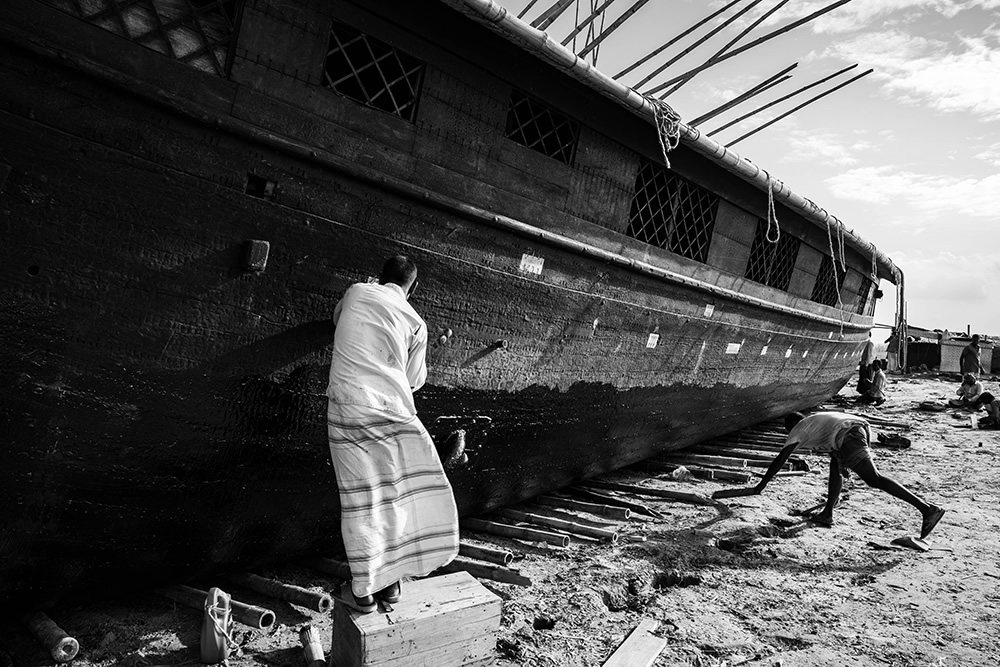
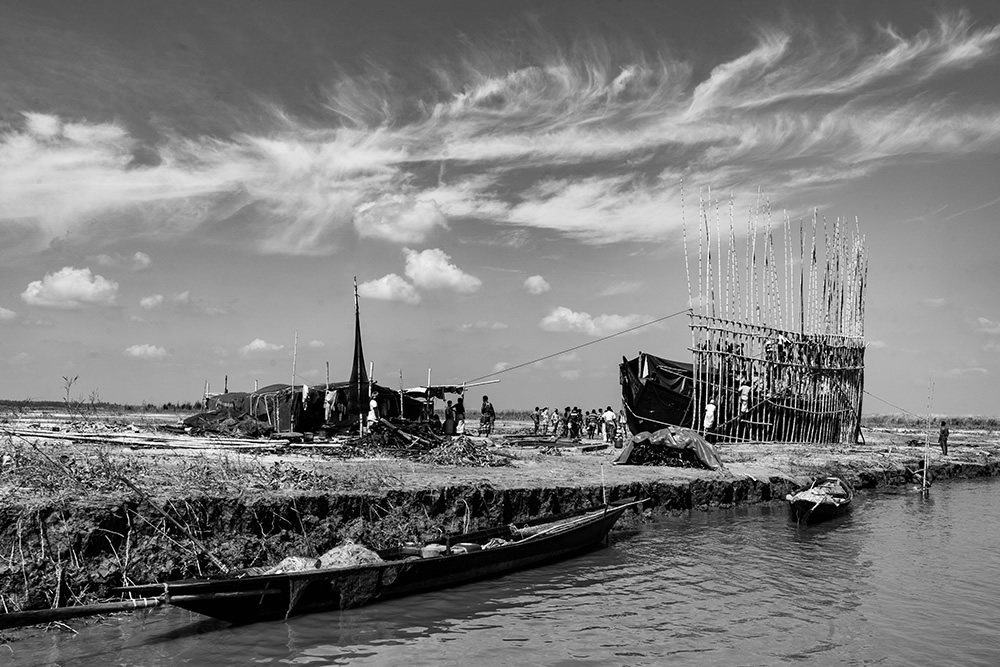
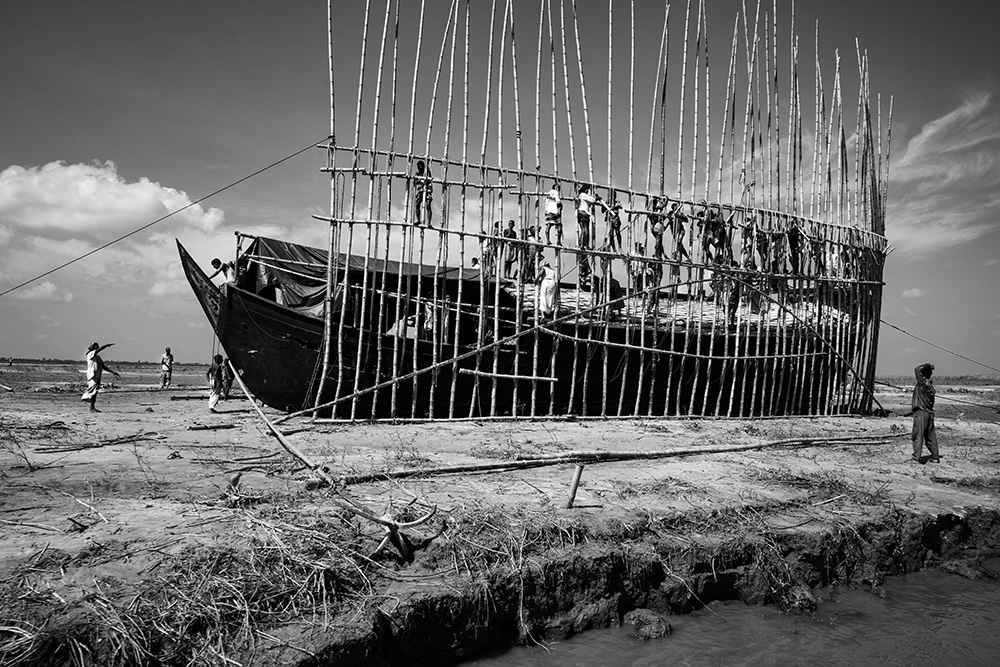
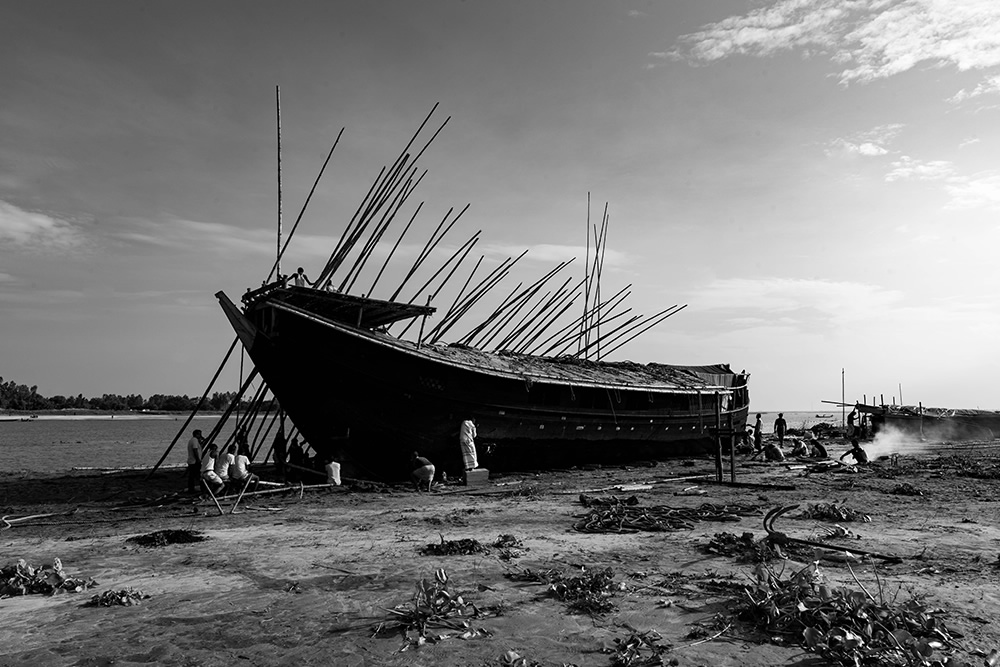
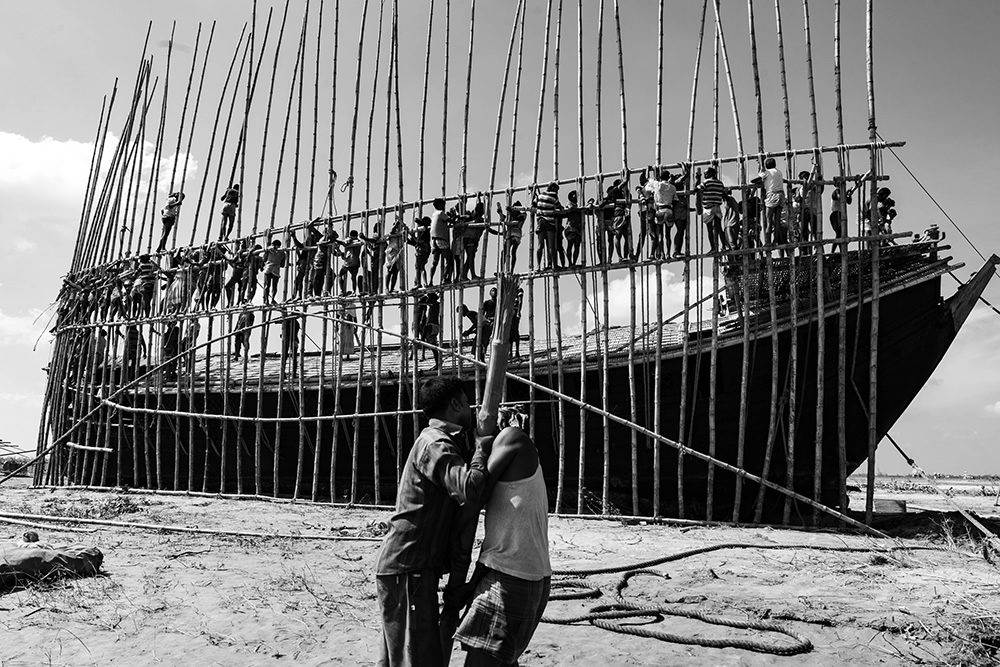
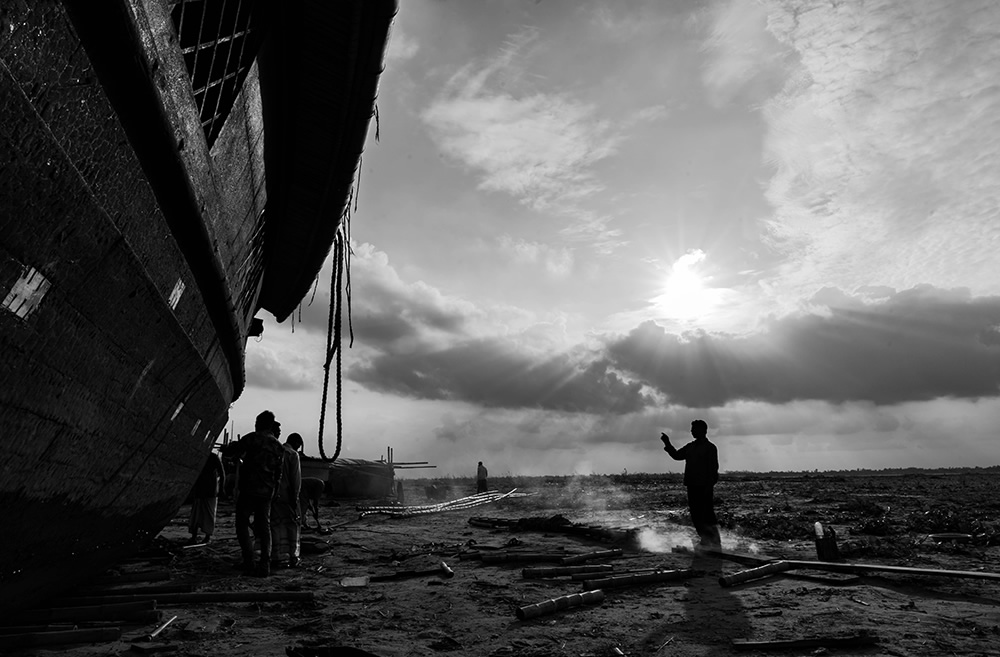
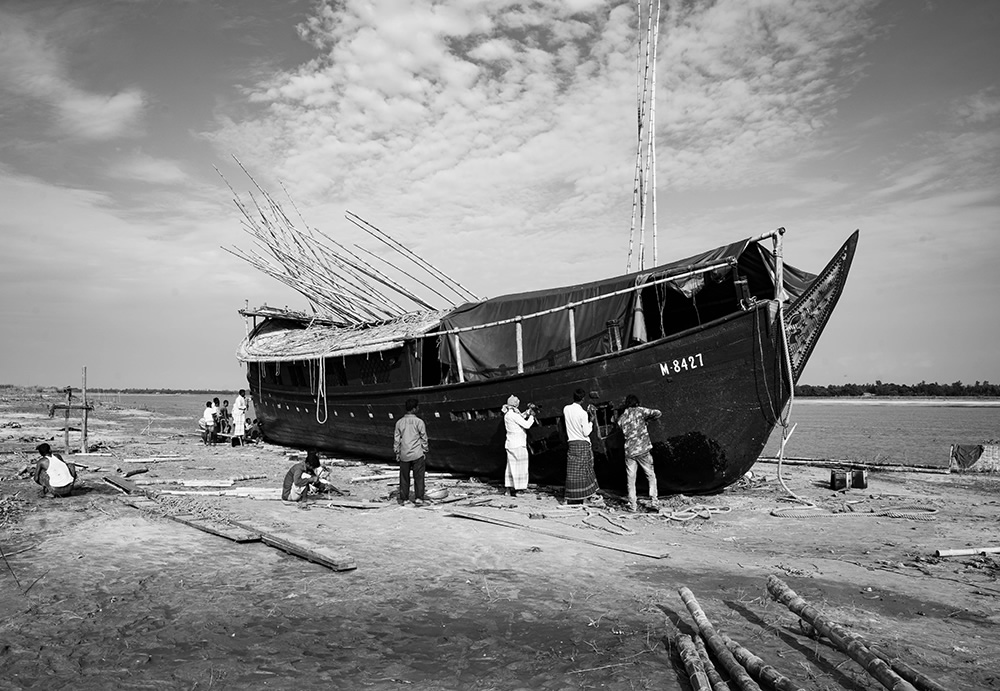
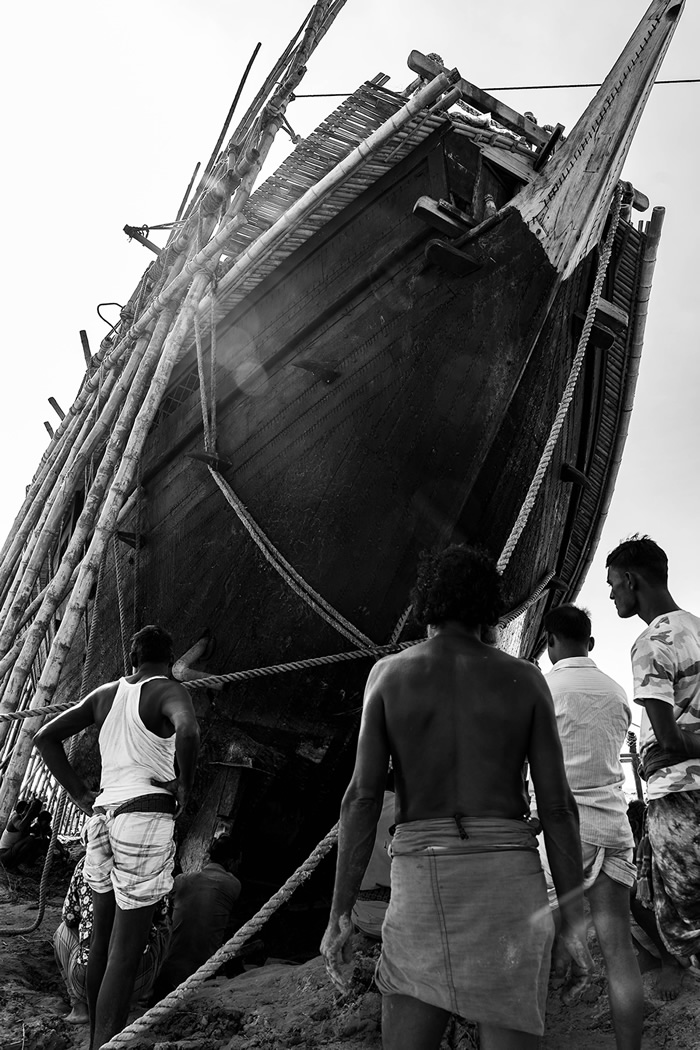
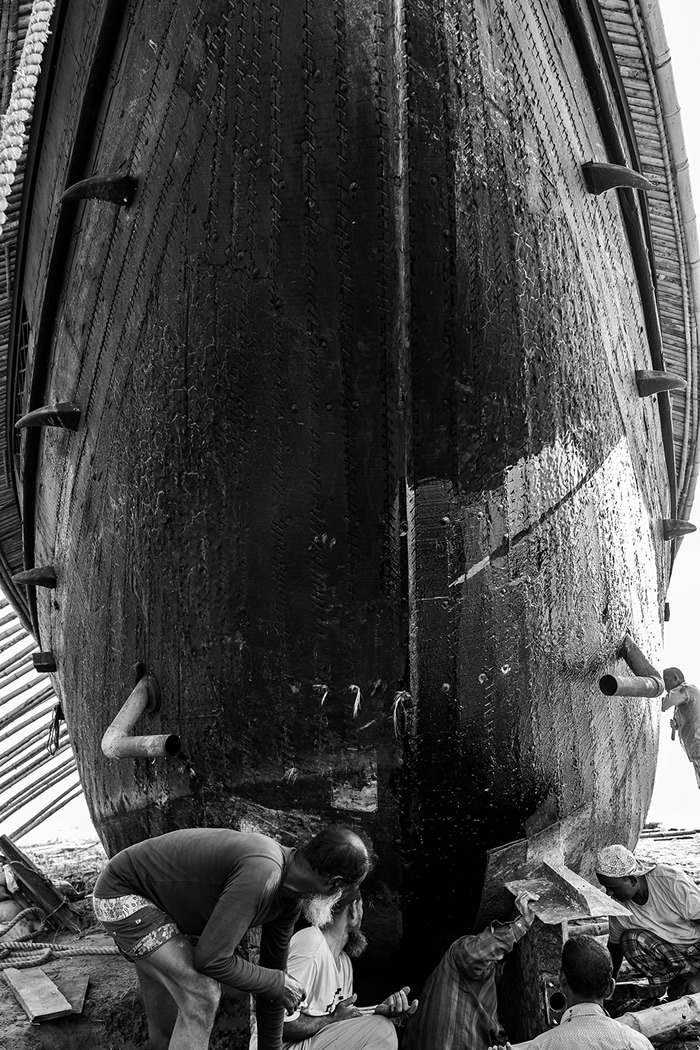
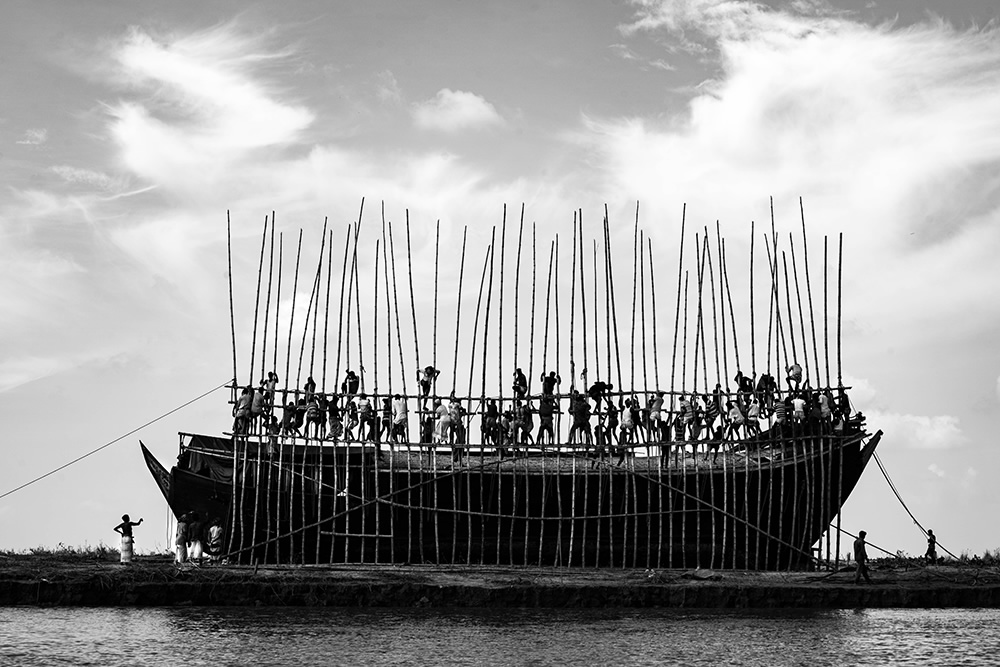
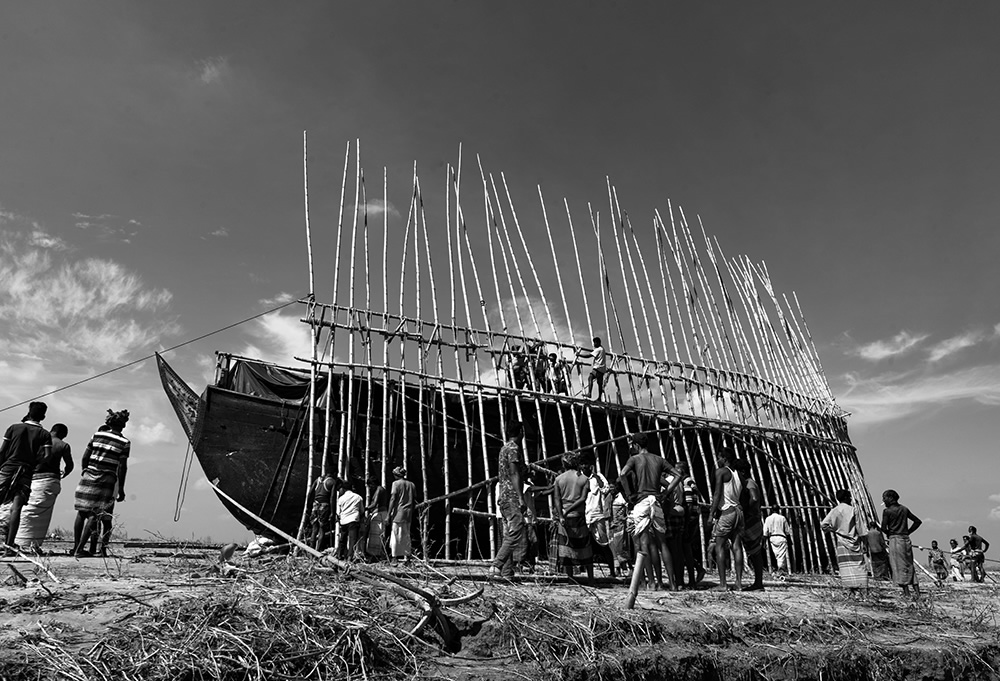
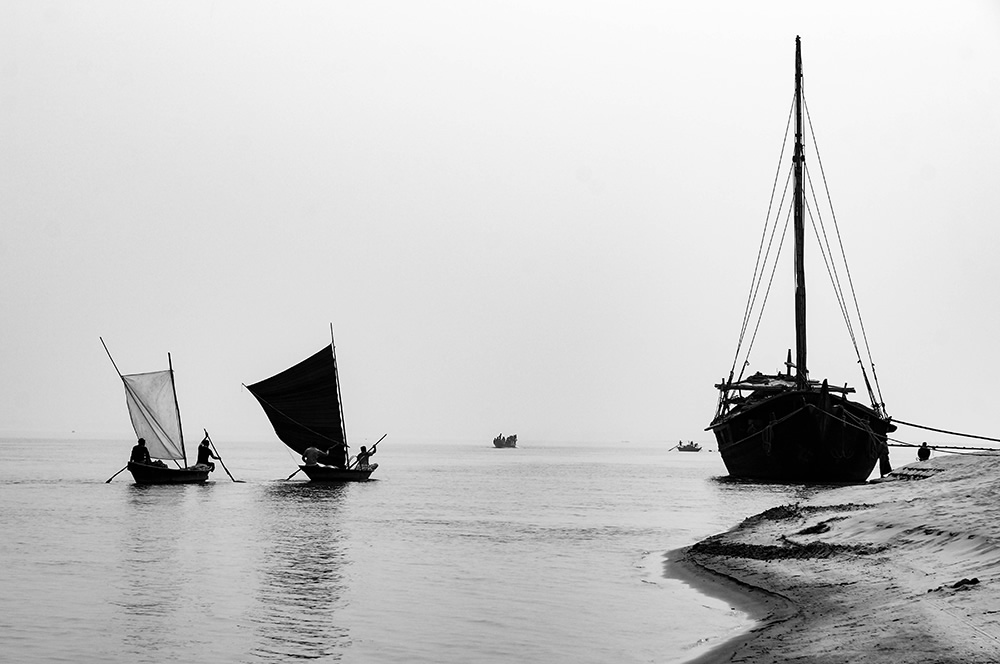
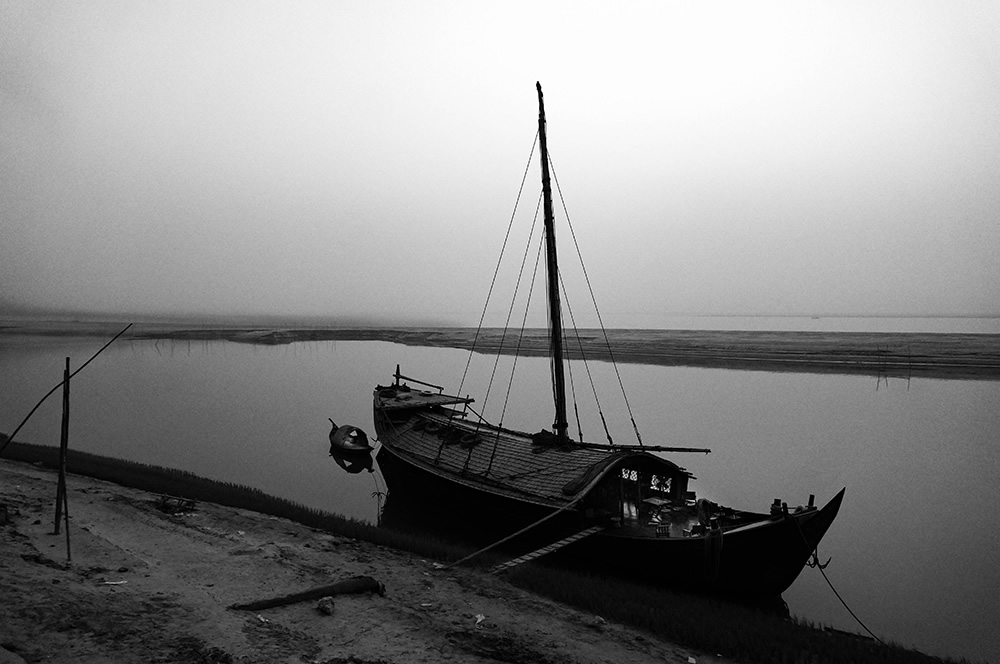
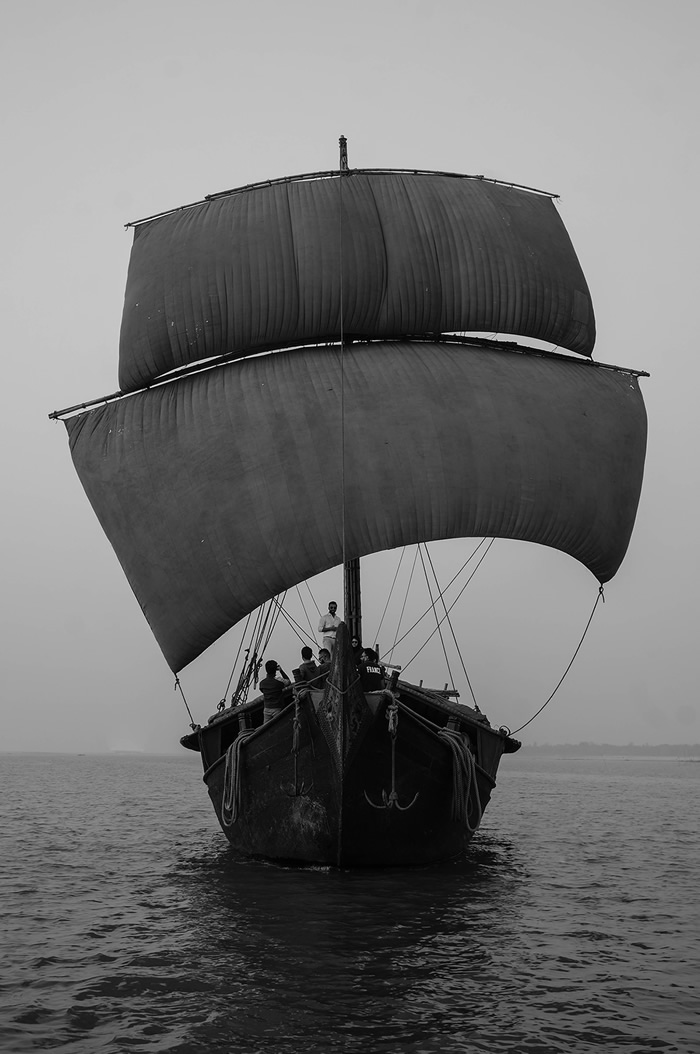
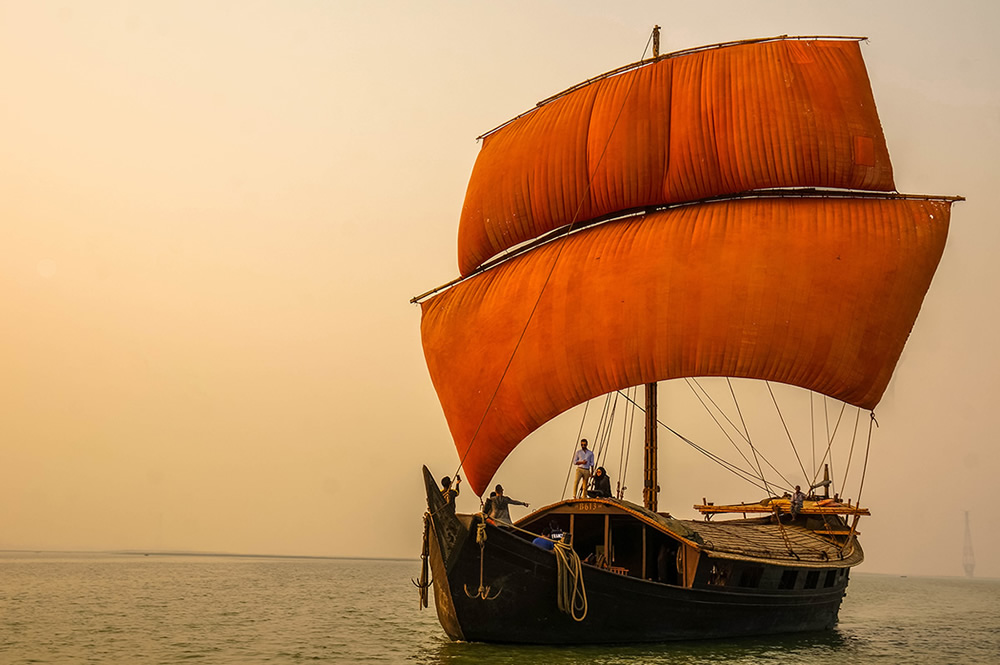
About Md. Arifuzzaman
From my childhood, I was a big fan of movies. I was grown up with movies and books, plenty of books and they made a deep impact on my mind. In my childhood, I love to hear stories from everyone. I guess reading history, starling novel of the author I was deeply enthralled; therefore, I wanted to be a writer but I never thought I would be a Photographer. Whenever I felt gloomy, I used to look outside of the widow and my sight was far away. I thought the world is beautiful. Deep inside I have cravings of Photography. I realize outside of my window of the home, the world is so vivid. The different culture, religion, indigenous people, and their ritual always attract me so much. I realized different is beauty!
However, I finished my graduation and post-graduation in International relations from Dhaka University. Then I did MBA from Southeast University in Dhaka. I started work in different private sectors but finally, I am working in the tourism sector which is also related to the preservation of the boats. I sacrificed my corporate career in photography. In 2014 I went to Florida and I got a gift a small camera from sister in law and my photography journey started. I felt I need to go more deep inside of it. Later, I finished some photography courses in first light from GMB Akash who not only renowned in Bangladesh but also an acclaimed photographer in the world. I realized Photography is a long journey from him.
Under his guidance I perception and vision started to change of Photography. To be an artist I have to walk a long way, I guess it’s an endless journey. However, on this beautiful journey, I discovered myself. I felt I have a keen interest in the festival, street photography, lifestyle, traveling, and architecture as well. Being a photographer, I learned to feel all the tiniest pleasure of life and absorb all abandoned beauty of it. When I capture, I try to capture the picturing time and I completely lost into it! I forget all the agony during the photoshoot. So, photography is also a treasure of happiness and ease the pain yet sometimes I encountered a lot of odd and sad parts of life which also painful in my life. To me, Photography is like lyrics of the light, darkness, and shadows that play in our minds. I think and see everything through photography. And that’s the part of life but the greatest part of photography is exploring and discovering myself. It’s an amazing adventurous journey that can separate me from my mundane world!
My works are published in a national and internal magazine, National Geography and international Global shelter projects, featured my photo series on 121 clicks. com and Russian Journal Edge of Humanity and different international platforms.
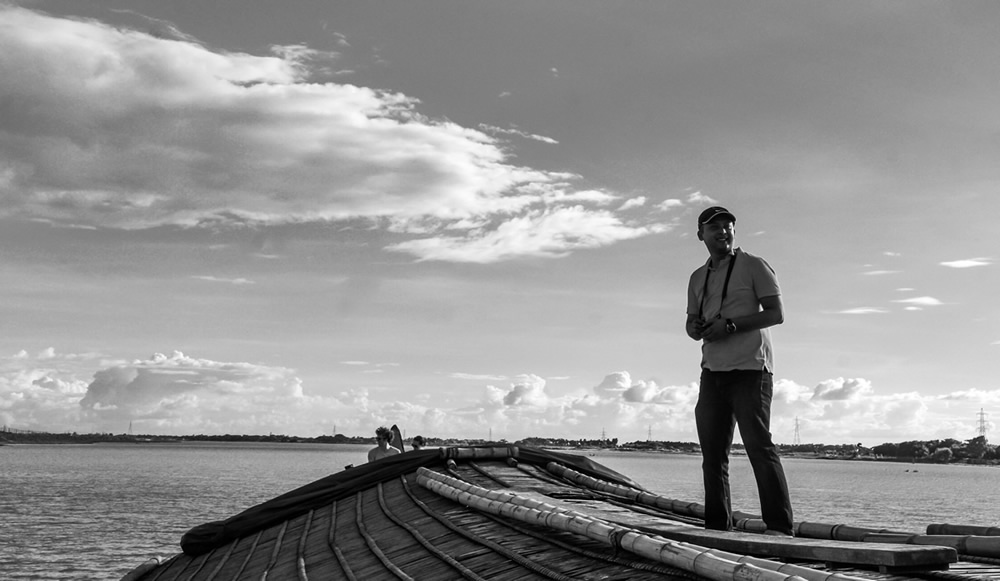
You can find Md. Arifuzzaman on the Web :
Copyrights:
All the pictures in this post are copyrighted to Md. Arifuzzaman. Their reproduction, even in part, is forbidden without the explicit approval of the rightful owners.

